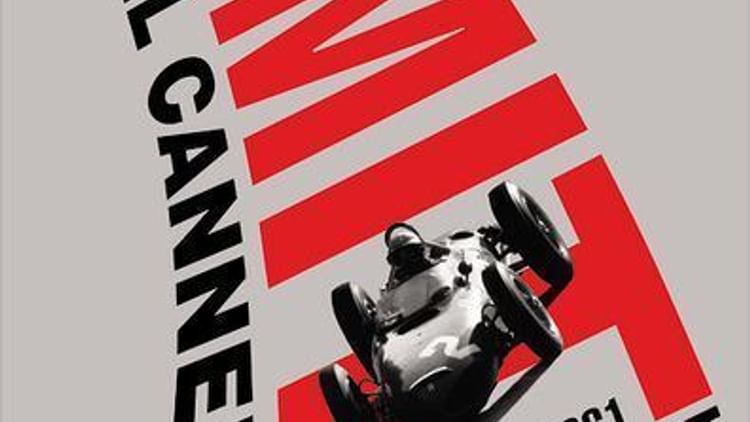On safety

Tom Richards on the subject of safety in motor sport, which is all too topical following this weekend's traffic events.
I’m currently reading a book called ‘The Limit’ by Michael Cannell and, given Dan Wheldon’s tragic death during the Las Vegas Indy 300, it seems particularly relevant right now.
At its core, ‘The Limit’ charts the rather fraught relationship between Count Wolfgang von Trips and Phil Hill throughout the 1950s and early 1960s.
Never mind the fact that the power struggle between these two made Senna and Prost look like a mere argument, and Hamilton and Alonso a mild playground spat. Their rivalry culminated in a deadly race at Monza in 1961.
Phil Hill would take the championship; von Trips would die before the race was over.
Death is a theme that features strongly in ‘The Limit’, an inexorable pall that makes a far too regular appearance. In just four years, from 1957 to 1961, 20 Formula One drivers were killed while racing. Many more were seriously injured.
Of those that died, some went in head-on collisions, others were burned to death as their cars went up in flames. At Monza in 1961, von Trips lost control and was fatally thrown from his seat, while his car plunged into the stands. 15 spectators died.
For racing drivers, death on the circuit wasn’t just a possibility. It was a fact of the sport.
What the Indy 300 crash highlights, clearer than anything, is safety. It stands as testament to the advancements in motorsport safety that a death in racing nowadays, and not just F1, can shake fans to their very core. Tragedies such as this come along so infrequently these days that it’s all the more shocking when racing loses one of its legends.
Motorsport presents drivers with immense risks. Say what you will about the dangers of racing on a 220mph+ NASCAR circuit, the whole sport is a dangerous business and it’s impossible to say what might or might not have happened if particular choices were made, particular decisions were taken. Accidents, unfortunately, do happen.
There is no denying, however, that motorsport is far safer now than at any other point in its history. The last death in F1 was Ayrton Senna in 1994, over 17 years ago, and it’s abundantly clear that safety has come along leaps and bounds every single year since.
It’s a shocking tragedy that motorsport fans have lost Dan Wheldon, but there will be safety improvements that come out of this. Improvements that will, in future, help keep any number of the world’s racing heroes and legends from harm.
I join the rest of the world’s racing fans when I say my thoughts are with Dan Wheldon’s family, friends and fans. He was an immensely talented racer and his death is an immense loss. But if one thing’s for sure, it’s that cars and circuits will continue to get ever safer. And this kind of tragedy will become ever rarer.
Image courtesy of Michael Cannell's website.





